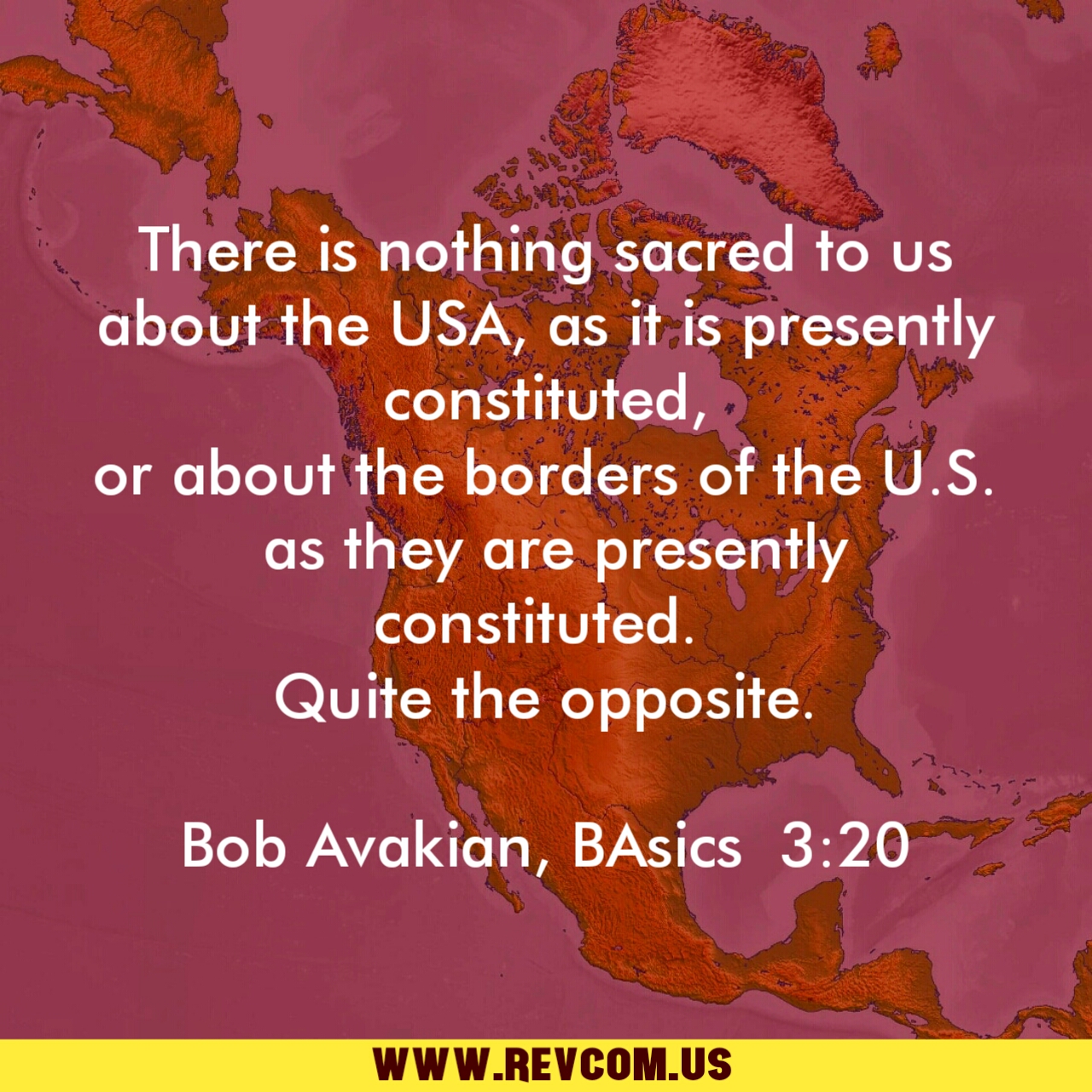Two Questions Raised—but Rarely, if Ever, Articulated and Answered—During the Crisis at the Border:
1) Where Did This Border Come From?
2) Why Are People Risking Everything to Cross It?
July 2, 2018 | Revolution Newspaper | revcom.us
1) The current 2,000-mile U.S.-Mexico border was created by the violent theft of half of Mexico by the U.S. through the 1846-1848 war. The U.S. instigated this war, invaded Mexico, and carried out civilian massacres, rape, and plunder. The revcom American Crimes Case #83 on this war gets into this more deeply.
As Bob Avakian has said:
Now, of course, slavery was not the only factor that played a significant part in the emergence of the U.S. as a world power, whose economic strength underlies its massive military force. A major historical factor in all this was the theft of land, on a massive scale, from Mexico as well as from native peoples. But, in turn, much of that conquest of land was, for a long period of time up until the Civil War, largely to expand the slave system. “Remember the Alamo,” we are always reminded. Well, many of the “heroes” of the Alamo were slave traders and slave chasers....And expanding the slave system was a major aim of the overall war with Mexico, although that war also led to the westward expansion of the developing capitalist system centered in the northern United States. (BAsics 1:2)
2) People are putting their lives and those of their children on the line to cross the border because they are fleeing the hellish situation created BY the U.S. in their countries. The great majority of those now being treated as “criminals,” put in concentration camps, and having their children stolen by the U.S. government are poor people from Central America. They are trying to escape a crisis of deepening poverty and violence, with criminal gangs controlling the urban slums, often working in league with police and politicians. This terrible gang situation in these countries is more than anything a product of what U.S. imperialism has done. In the 1970s and 1980s, hundreds of thousands of people in Central America were driven from their homes and homelands by U.S.-backed reactionary wars. Many came to the U.S.—and the youth found themselves confronted with inner cities emptied of worthwhile jobs while at the same time flooded with cocaine, some of which was being sold to fund U.S.-backed reactionary military forces in Nicaragua. And harsh police terror and mass incarceration, in the name of the “war on drugs,” had become a daily reality for millions of Black and Latino youths. This situation, along with the “every man for himself” morality of capitalism, greatly contributed to the huge growth of gangs in the inner cities, particularly in Los Angeles and Southern California—and many of the people who had been driven from Central America, and their children, became caught up in this. Then in the late 1980s and early 1990s, the U.S. began deporting thousands of Central American youths in the name of a “war on gangs.” Youths who had spent their lives being hounded by police and some of whom had been organized into gangs, were now sent to impoverished, devastated countries they knew barely or not at all. Almost 130,000 people, labeled as “criminal aliens,” were deported to Central America between 2001 and 2010.
These deportations have had a huge impact on the small and impoverished countries of Central America. El Salvador is the most densely populated country in the Americas, with a population of about six million people. The “gang culture” that began in the U.S. has been taken into this situation and taken root in very ugly ways in the impoverished and economically barren landscape of the crowded Central American barrios. Much of the countryside in these countries had been laid to waste, and the economies of these countries and the ability of the people to make a living have been ruined. Horrific gang-related violence, including battles among and involving different sections of the police and armed forces allied with different gangs, is a scourge on the people.
In the face of this, many people in these countries are coming to feel the only way out is to scrape up the money, brave the arduous and often dangerous thousand-mile journey and cross the U.S.-Mexico border where hundreds perish each year in the deadly desert crossings—all in the hope of safety for themselves and their families in the U.S.
Get a free email subscription to revcom.us:

Volunteers Needed... for revcom.us and Revolution
If you like this article, subscribe, donate to and sustain Revolution newspaper.

